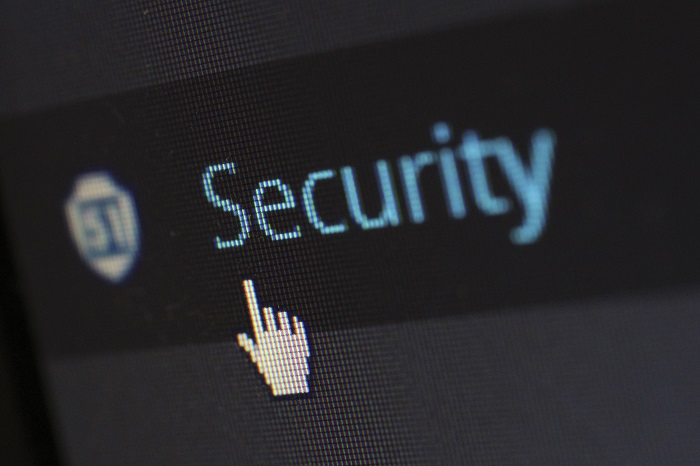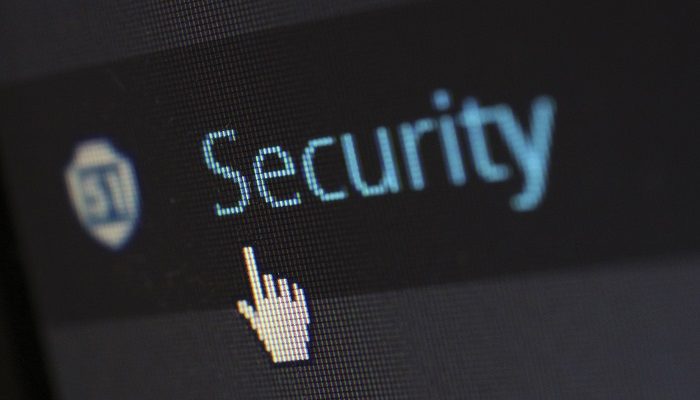Nothing is more detrimental to a business than seeing their website get hacked or destroyed by a virtual attack injected by low-key hackers with not so cool usernames. We have worked hard on the brand and its positioning and prestige online, so better than anyone we know how much sweat they are worth, without considering the immense future potential.
In today’s times, the hacking of sites is more important than ever. It is not the same as ethical hacking. This is because of globally corruption in bureaucracy and political influences. Amid controversial stories including updates from Wikileaks and prosecution of high profile political figures, website hacking is a top job out there which can amount to risk as much as national security.

Photo by Pixabay
Apart from regular backups, (conduct that should be instinctive in every web developer, for several reasons), and daily scans, the following protection measures must be in our workflow to keep every website safe, healthy and monetizable:
1. Update your platform
It’s like receiving a vaccine or keeping fit and in touch with nature, leave our defences alert and informed about the latest known threats. Much of these resources are developed like open source programs having their code available for developers which cybercriminals then steal. Using this code they can penetrate through encryption layers and take over a website easily.
For example, if you are running a site in WordPress, both its basic installation and plugins remain susceptible to malicious attacks. Keep your plugins updated and you shall avoid the risk of seeing your platform taken over by cybercriminals who just require one weak link to cause massive damage.
WordPress based sites can confirm using their control panel. The “update icon” lets it all happen. WordPress can be accessed easily using the option of “number to access”. Such tools will be offered by your hosting provider, for example, The WP Help, a top of the line WordPress host for site optimization, maintenance, and security.
2. Integrate encryption plugins
Your website could use another notch of security which basically comes from plugins specially designed for high encryption. Let’s take an example of a plugin called Bulletproof Security, which is quite effective in rendering a high-security level to a site. These plugins not only warn you about a potential attack but function much like a cybersecurity expert in location the attack’s origin as well as intention.
On the other hand, if your site is an HTML platform, it is recommended that you use SiteLock. This tool shuts down all weak points which can potentially threaten your site security. Additionally, this tool runs daily surveillance and keeps you informed about any malicious attacks. The tool also runs antivirus scanning, so it is quite useful to have for businesses.
3. Use HTTPS / SSL Certificate
Using HTTPs is certified and checked method and your browser like Google Chrome will strictly advise you to use it. To obtain this https, it is necessary to acquire an SSL certificate.
Sites need visitors to provide confidential information such as debit/credit credentials, and in this regard, you will need to incorporate an SSL certificate. Acquiring an SSL is easy and it does not even involve a lot of costs.
4. Use Parameterized Queries
A really common category of website hacking remains SQL injections.
These cause effects when a user has a URL parameter that allows external users to provide information. If field parameters are left open, then a hacker may likely insert code into them and hack their database, which may contain confidential customer information, such as contact or credit card numbers, which is obviously the information to protect.
There are a number of steps to take to protect your website from an SQL injection; One of the most important and easy to implement is the use of parameterized queries. This ensures that your code has sufficient specific parameters that do not leave gaps for a hacker to intrude.

Img Src – Udemy
5. Using CSP
Quite the same as SQL, cross-site scripting (XSS) attacks are a pretty harmful enemy that stalks webmasters and website owners. They can happen when cyber criminals come up with a way to infiltrate malicious JavaScript code into their pages, which can infect the computer, device and/or pages of any website visitor who is exposed to the code.
In part, the fight to protect your site from XSS attacks is similar to parameterized queries that are used against SQL injections. You must ensure that any code used on your website for functions or fields that allow entries are as explicit as possible in what is allowed, without space for anything else to infiltrate.
Another anti-attack-XSS tool is the CSP (Content Security Policy). The CSP allows you to specify the domains that a browser should consider valid sources of executable scripts when it is displaying your page so that it does not pay attention to any malicious script that may exist on your visitor’s computer.
The use of CSP is simply a matter of adding the correct HTTP header to your web page that provides a series of directives that tell the browser which domains are fine and any exceptions to the rule.
I hope, you have enjoyed this detailed article on How to secure your website from hacking. I have partnered with TheWPHelp to protect my website from hacking and I can say they are the best in their service. You can visit The WP Help to understand more about their services, which will help your wordpress blog or websites to flourish

